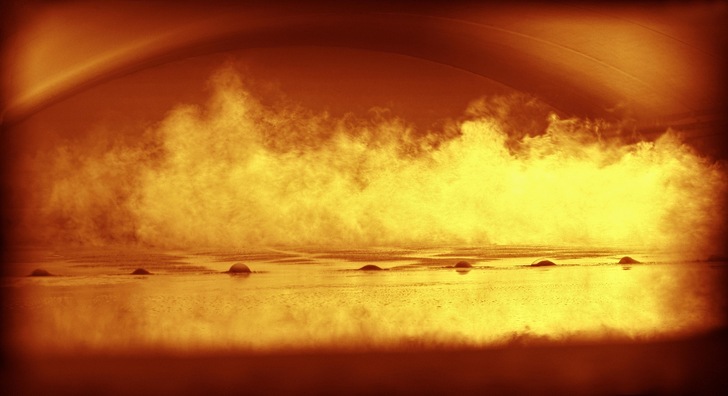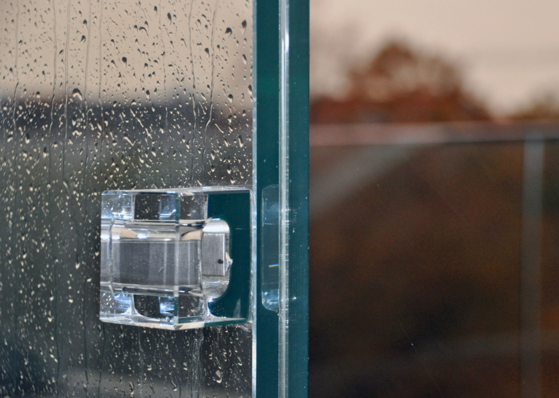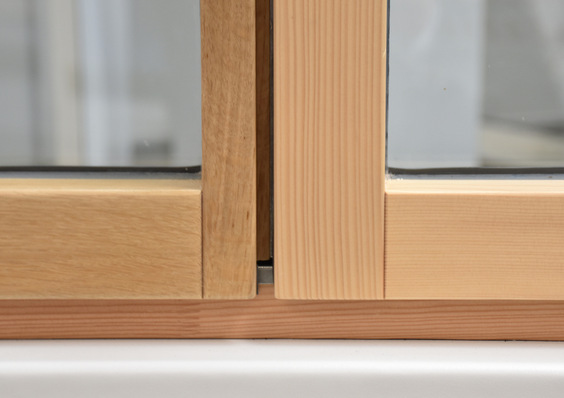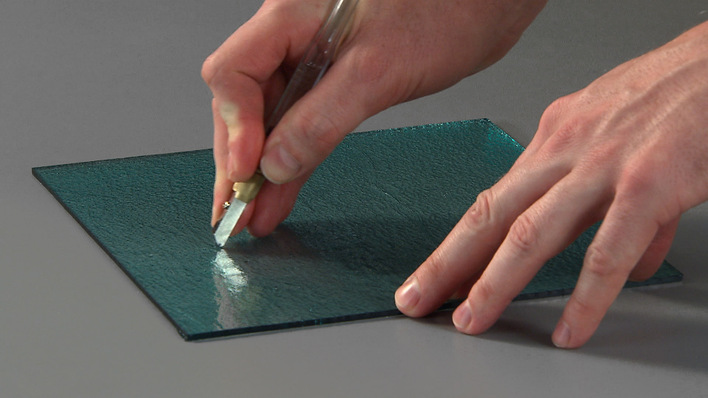The molten glass floats on the surface of the molten tin, hence the name, and spreads out to form a level, uniform surface. The thickness is determined by the speed at which the solidifying glass is taken off the bath. After controlled cooling of the glass, known as annealing, a clear and polished product appears. Float glass is an inorganic product, with no bubbles, streaks or other imperfections and ideal for use in windows and doors. First commercially produced in the United Kingdom by Sir Alastair Pilkington in the 1960s, float glass is the most widely used type of glass today. Given its excellent qualities, it can easily be processed into other forms of glass such as laminated safety glass and mirrors. In windows, float glass can take a number of forms. Whether single pane glass used in historic buildings or multi-layered insulating glass units (IGUs), most glass products today are made by the float glass process.
Additional information
How the float process has revolutionised the glass industry













